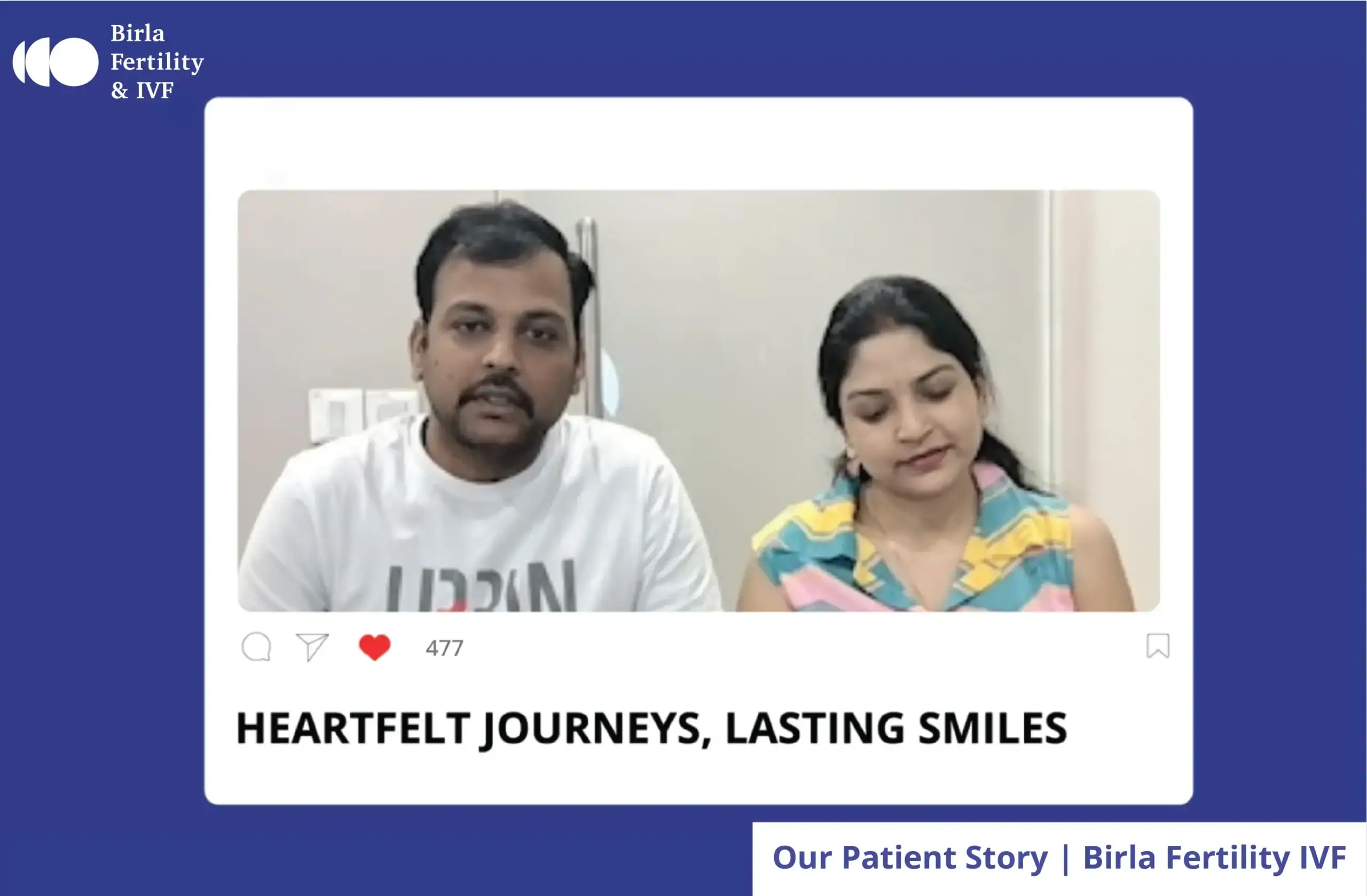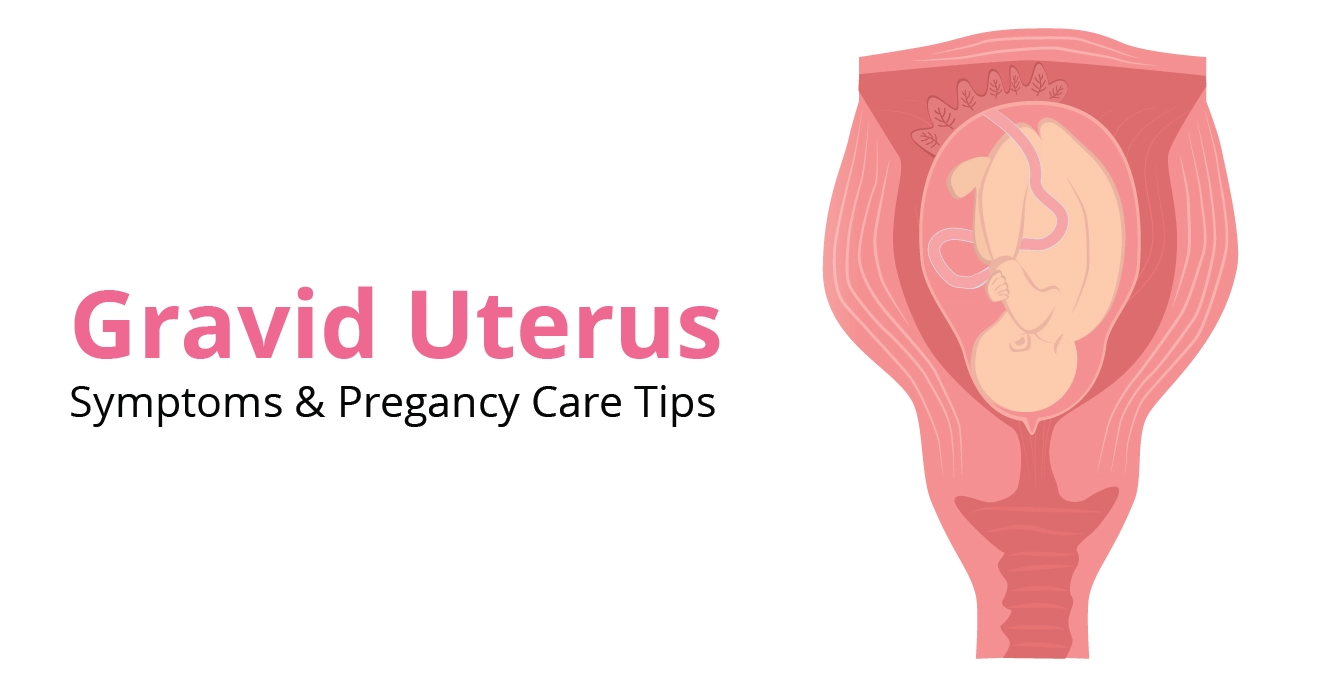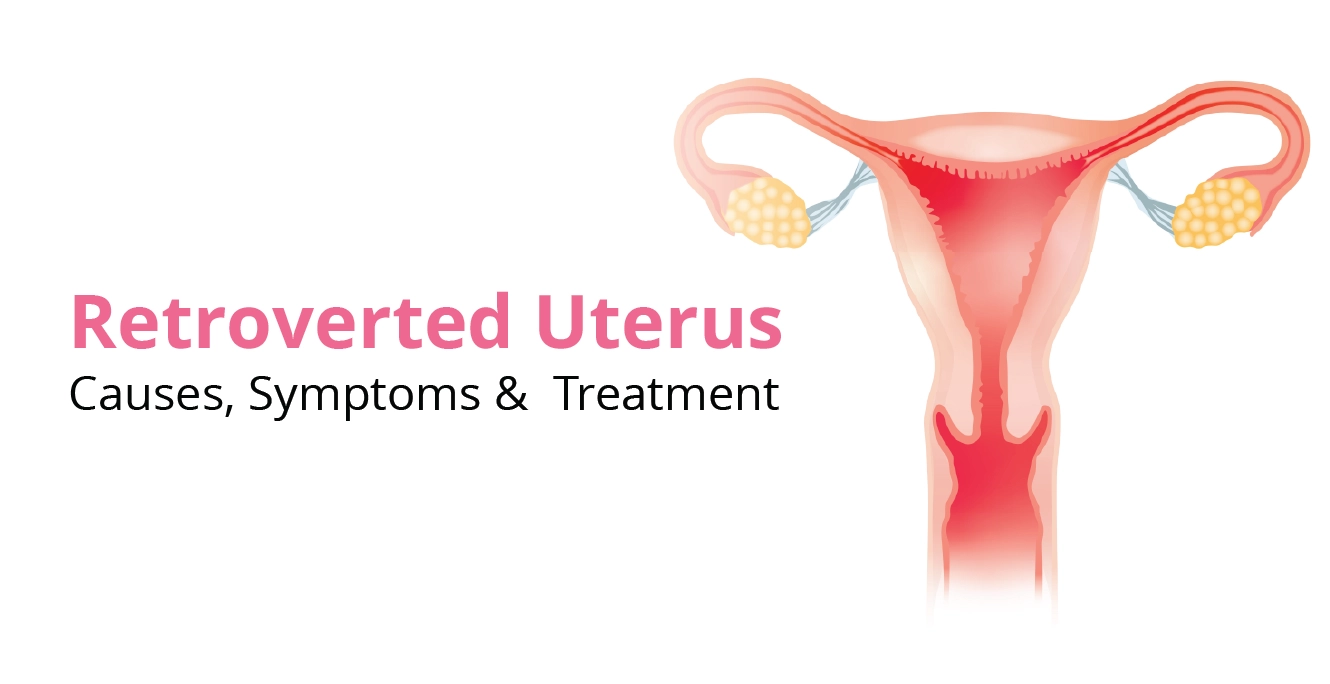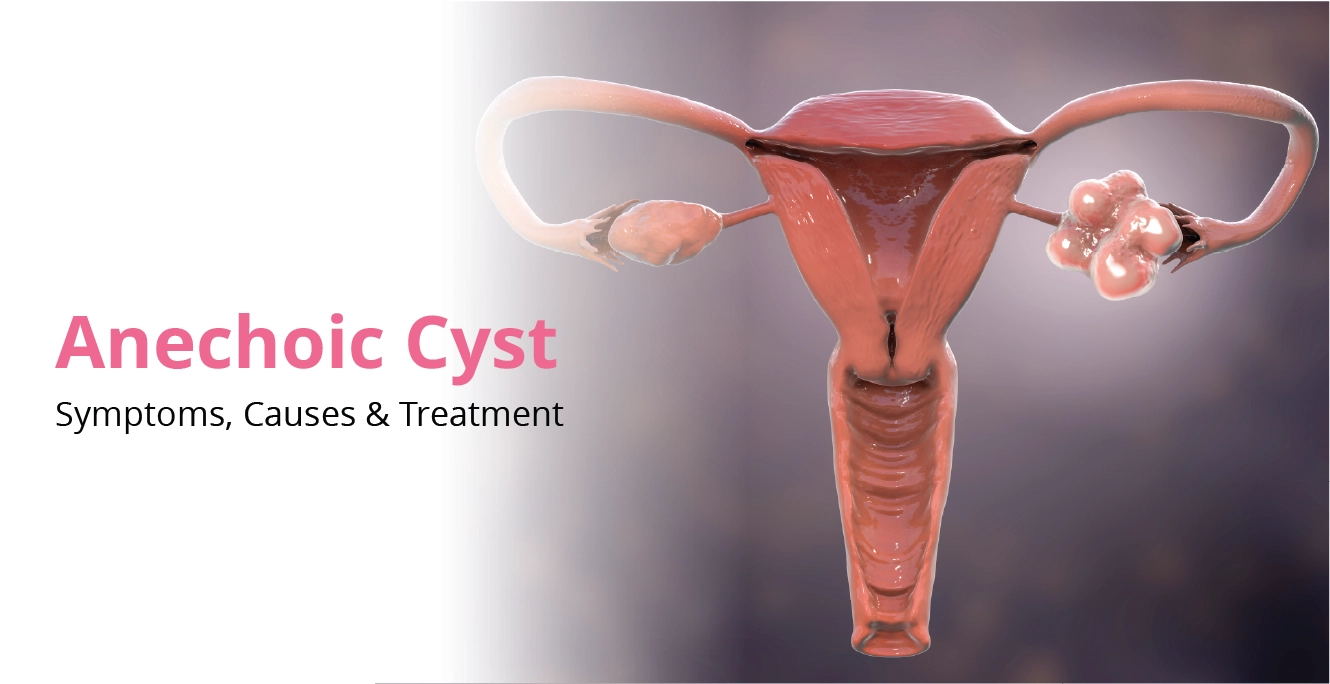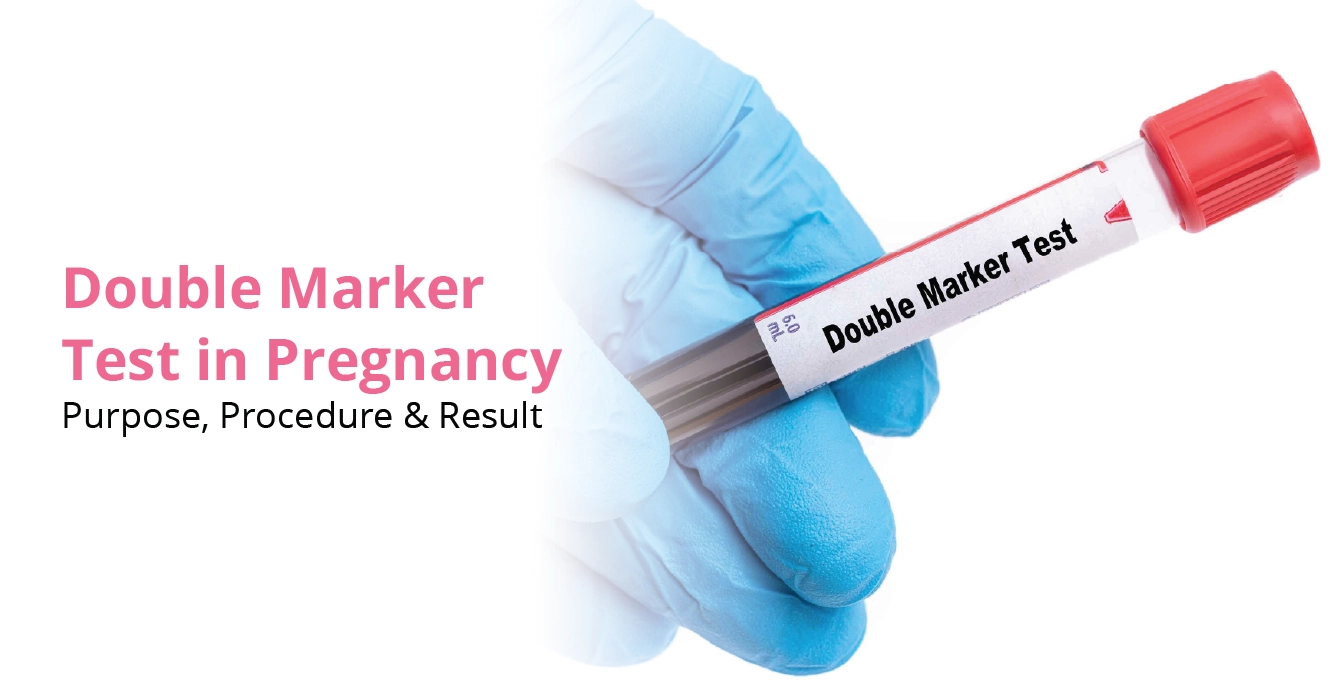Percutaneous Epididymal Sperm Aspiration (PESA)
PESA is used to retrieve sperm from men with infertility issues. It is particularly effective for those with obstructive azoospermia, where sperm is missing due to a blockage. The procedure extracts sperm directly from the epididymis.

What is PESA?
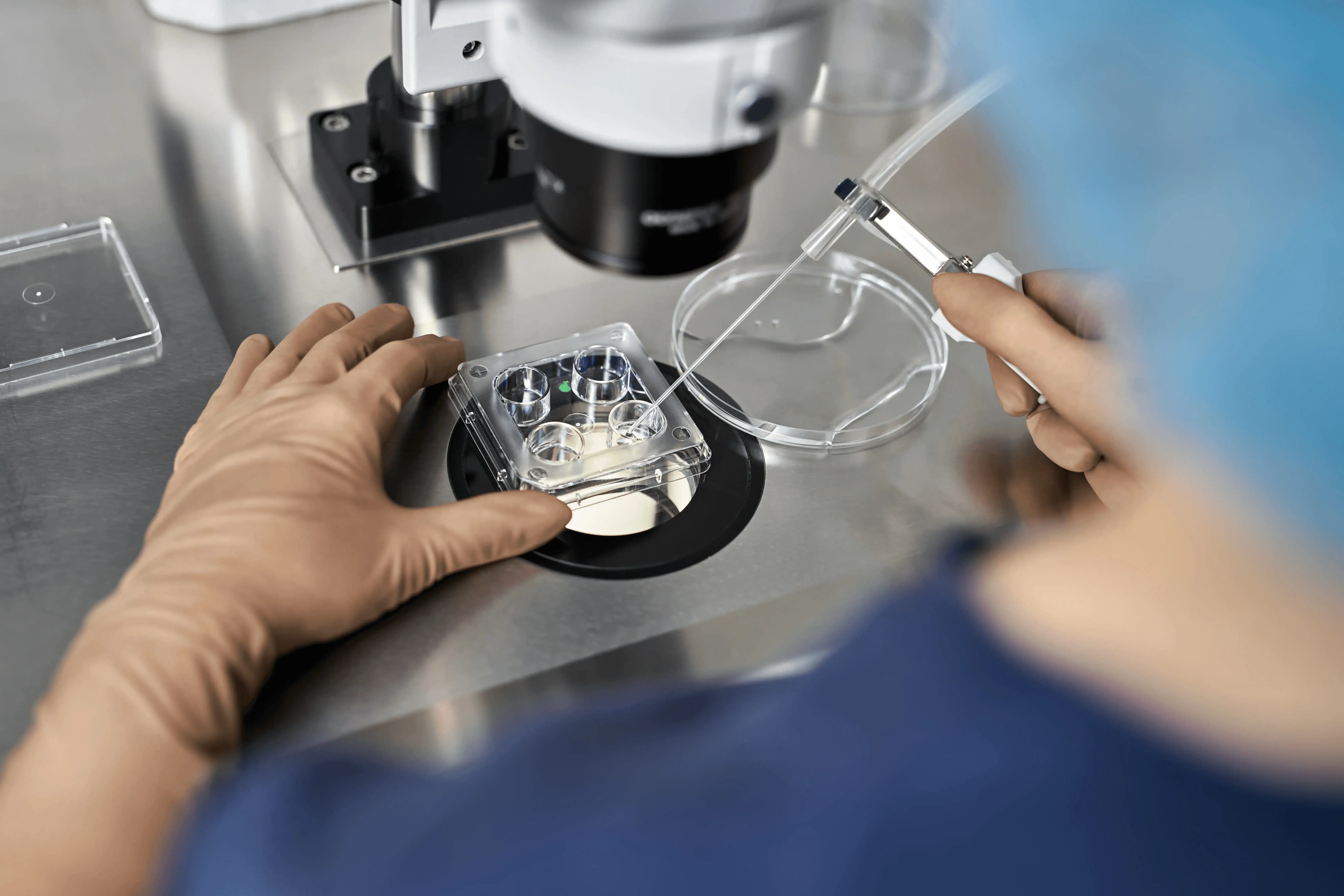
Percutaneous Epididymal Sperm Aspiration (PESA) is the least invasive sperm retrieval technique. It retrieves sperm directly from the epididymis, the tube on top of the testicle where sperm matures. PESA helps men who produce sperm, but have a blockage that prevents ejaculation.
Indications for PESA
-
PESA is particularly useful for men with obstructive azoospermia.
-
In this condition, sperm production is normal, but a blockage prevents sperm release during ejaculation.
-
This blockage can be due to congenital absence of the vas deferens, prior vasectomy, or scarring from infections or surgeries.
PESA offers an effective and less invasive option for sperm retrieval, providing hope for men with fertility challenges.
What Is the Purpose of Using PESA?
PESA is primarily performed to retrieve sperm directly from the epididymis in men. The key reasons why PESA is done include:
-
Obstructive Azoospermia: PESA helps retrieve sperm when a blockage prevents ejaculation despite normal sperm production.
-
Facilitating IVF/ICSI: Sperm retrieved through PESA can be used in fertility treatments. This includes in vitro fertilisation (IVF) with intracytoplasmic sperm injection (ICSI).
-
Minimally Invasive Approach: PESA is a less complex and minimally invasive procedure compared to other sperm retrieval methods.
-
Higher Success Rates: When combined with IVF/ICSI, PESA has high success rates in achieving pregnancy, especially in obstructive azoospermia cases.

How is PESA Performed?
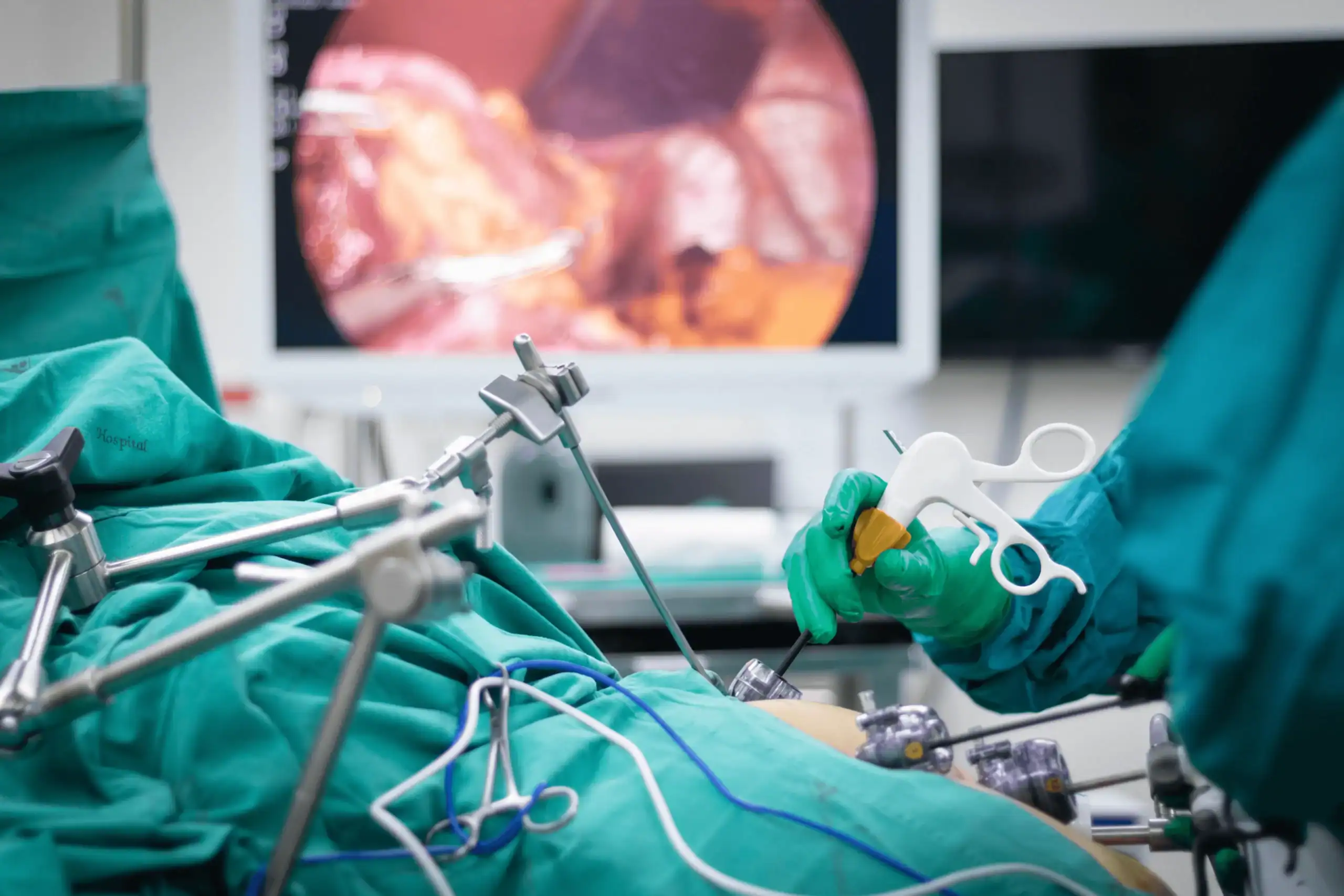
PESA is typically used in cases where there are difficulties with sperm production or ejaculation. Here’s an overview of how PESA is performed:
Preparation
-
Consultation: The patient meets with a fertility specialist to discuss the process, indications, and any potential risks.
-
Pre-procedure testing: Blood tests and imaging studies may be conducted to assess overall health.
-
Anaesthesia: The procedure is usually done with local anaesthesia to reduce discomfort.
Procedural Steps
-
Positioning: The patient lies down comfortably.
-
Skin preparation: The scrotum area is cleaned and sterilised to prevent infection.
-
Needle insertion: A thin needle is inserted through the scrotum into the epididymis.
-
Sperm aspiration: Fluid is drawn out from the epididymis.
-
Sample evaluation: The fluid is examined under a microscope. If viable sperm are not found, the doctor may recommend advanced techniques like TESA or Micro-TESE.
Post-Procedure Care
-
Recovery: The patient is watched for a little while to check for any immediate complications after the procedure.
-
Post-procedure Instructions: Patients should wear supportive underwear.
-
Sperm Use: The retrieved sperm can be used right away for fertility treatments or frozen for later.
-
Follow-Up: A follow-up visit may be needed to review the sperm analysis results.
Why Choose Us
Choosing the right fertility clinic is crucial for starting your family. At Birla Fertility & IVF, we offer personalised care with expert specialists guiding you every step of the way. Our advanced labs and outstanding success rates have helped over 2,30,000 patients achieve their dream of parenthood.
Things to Remember for PESA
Before the Treatment
- Meet with a fertility specialist to discuss options and expectations.
- Complete any required medical tests to confirm suitability.
- Learn about the PESA process, including risks and benefits.
- Make necessary lifestyle changes, like quitting smoking or adjusting medications
- Mentally prepare for the procedure and possible outcomes.
- Discuss anaesthesia options with your doctor.
During the Treatment
- During and after the PESA procedure, several key steps are important for both the patient and the healthcare team:
- The patient is positioned comfortably.
- The scrotum area is cleaned and sterilised to prevent infection.
- A thin needle is inserted into the epididymis through the scrotum.
- Fluid-containing sperm is drawn out from the epididymis.
- The fluid is examined in the lab for viable sperm.
After the Treatment
- The patient is monitored in a recovery area as the anaesthesia wears off.
- Nurses look for complications such as bleeding or signs of infection and assess comfort.
- If stable and the procedure is outpatient, the patient may be discharged on the same day.
- Watch for signs of complications like increased pain, swelling, fever, or unusual discharge and contact the healthcare provider if these occur.
- Generally, post-procedure Instructions are that the patient should wear supportive and compressed underwear to avoid any complications.
- Sperm Use: The retrieved sperm can be used right away for fertility treatments or frozen for later.
- Follow-Up: A follow-up visit may be needed to review the sperm analysis results.
Frequently Asked Questions
Recent Blogs
Book an appointment
Hassle-Free Appointment Booking
Select Preferences
I know my doctor
Male Infertility Treatment in Different Cities
- Male Infertility Treatment in Jalandhar
- Male Infertility Treatment in Perinthalmanna
- Male Infertility Treatment in Thrissur
- Male Infertility Treatment in Palakkad
- Male Infertility Treatment in Kannur
- Male Infertility Treatment in Kozhikode
- Male Infertility Treatment in Ranchi
- Male Infertility Treatment in Patna
- Male Infertility Treatment in Varanasi
- Male Infertility Treatment in Gorakhpur
- Male Infertility Treatment in Meerut
- Male Infertility Treatment in Prayagraj
- Male Infertility Treatment in Kolar
- Male Infertility Treatment in Salem
- Male Infertility Treatment in Vijayapura
- Male Infertility Treatment in Nagpur
- Male Infertility Treatment in Raipur
- Male Infertility Treatment in Rewari
- Male Infertility Treatment in Jaipur
- Male Infertility Treatment in Guwahati
- Male Infertility Treatment in Siliguri
- Male Infertility Treatment in Howrah
- Male Infertility Treatment in Indore
- Male Infertility Treatment in Bhopal
- Male Infertility Treatment in Bhubaneswar
- Male Infertility Treatment in Cuttack
- Male Infertility Treatment in Surat
- Male Infertility Treatment in Ahmedabad
- Male Infertility Treatment in Mangalore
- Male Infertility Treatment in Chandigarh
- Male Infertility Treatment in Hyderabad
- Male Infertility Treatment in Lucknow
- Male Infertility Treatment in Bangalore
- Male Infertility Treatment in Chennai
- Male Infertility Treatment in Mumbai
- Male Infertility Treatment in Kolkata
- Male Infertility Treatment in Noida
- Male Infertility Treatment in Gurgaon
- Male Infertility Treatment in Delhi
Male Infertility Doctors in Different Cities
- Male Infertility Specialists in Jalandhar
- Male Infertility Specialists in India
- Male Infertility Specialists in Perinthalmanna
- Male Infertility Specialists in Thrissur
- Male Infertility Specialists in Palakkad
- Male Infertility Specialists in Kannur
- Male Infertility Specialists in Kozhikode
- Male Infertility Specialists in Ranchi
- Male Infertility Specialists in Patna
- Male Infertility Specialists in Varanasi
- Male Infertility Specialists in Gorakhpur
- Male Infertility Specialists in Meerut
- Male Infertility Specialists in Allahabad
- Male Infertility Specialists in Kolar
- Male Infertility Specialists in Salem
- Male Infertility Specialists in Vijayapura
- Male Infertility Specialists in Nagpur
- Male Infertility Specialists in Raipur
- Male Infertility Specialists in Rewari
- Male Infertility Specialists in Jaipur
- Male Infertility Specialists in Guwahati
- Male Infertility Specialists in Siliguri
- Male Infertility Specialists in Howrah
- Male Infertility Specialists in Indore
- Male Infertility Specialists in Bhopal
- Male Infertility Specialists in Bhubaneswar
- Male Infertility Specialists in Cuttack
- Male Infertility Specialists in Surat
- Male Infertility Specialists in Ahmedabad
- Male Infertility Specialists in Mangalore
- Male Infertility Specialists in Chandigarh
- Male Infertility Specialists in Hyderabad
- Male Infertility Specialists in Lucknow
- Male Infertility Specialists in Bangalore
- Male Infertility Specialists in Chennai
- Male Infertility Specialists in Mumbai
- Male Infertility Specialists in Kolkata
- Male Infertility Specialists in Noida
- Male Infertility Specialists in Gurgaon
- Male Infertility Specialists in Delhi

 Our Centers
Our Centers










